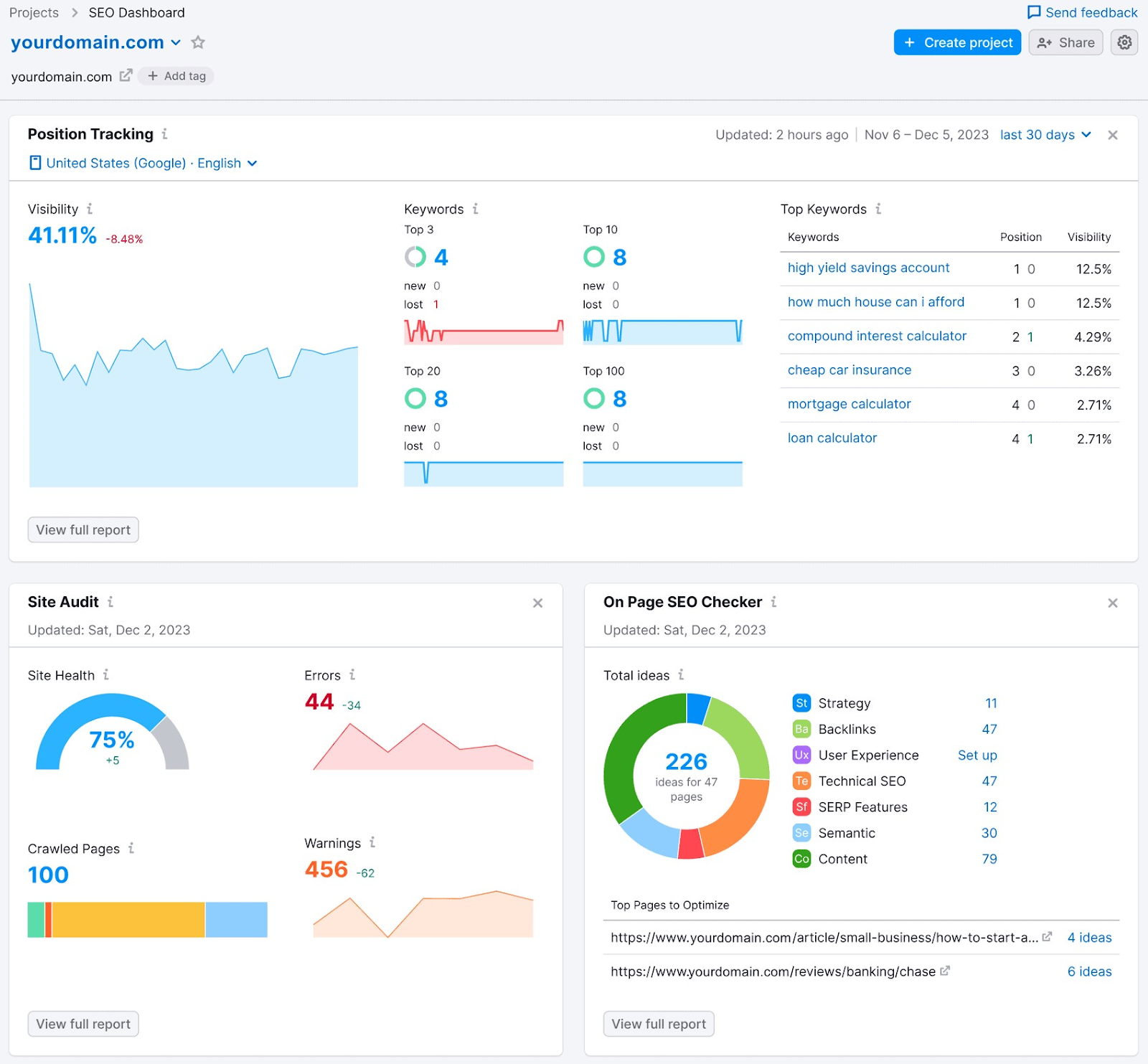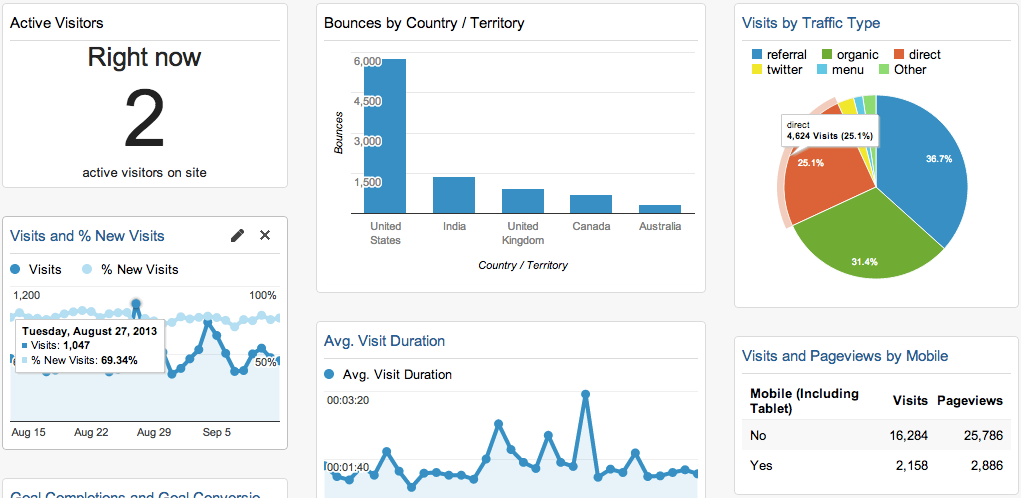Master Site Insights With Accurate Google Analytics Monitoring Code
The efficient application of Google Analytics pivots on the exact implementation of its monitoring code, an essential step often ignored by website proprietors. What are the usual pitfalls that could undermine your tracking initiatives, and just how can you guarantee precision in your strategy?
Comprehending Google Analytics Basics
Google Analytics is an important device for internet site owners and marketing professionals, offering vital insights right into customer behavior and internet site efficiency. At its core, Google Analytics accumulates information about site visitors to an internet site, allowing individuals to examine metrics such as website traffic resources, user involvement, and conversion rates. Comprehending these principles is critical for optimizing a web site's performance and enhancing individual experience.
The system utilizes cookies to track communications, taping data such as page views, session periods, and bounce rates. This info is aggregated and provided via customizable control panels, enabling customers to visualize fads gradually. Key efficiency indicators (KPIs) can be checked, such as the complete variety of individuals, new versus returning site visitors, and the geographical distribution of the audience.
In Addition, Google Analytics offers division functions, permitting users to isolate particular website traffic sources or individual demographics for even more targeted analysis. By mastering these fundamental components, website proprietors can make enlightened decisions regarding material strategy, advertising and marketing campaigns, and overall site renovations. Ultimately, comprehending Google Analytics essentials is important for leveraging information to drive development and accomplish organization goals successfully.
Setting Up Your Tracking Code

Duplicate the offered monitoring code and paste it into the HTML of your web site. This makes sure that the tracking code lots prior to any type of various other content, enabling it to record data accurately.
After installation, verify that the tracking code is operating properly by utilizing Google Tag Assistant or the Real-Time records in Google Analytics - when does the google analytics tracking code send an event hit to analytics?. This step is vital to validate that your data collection is exact and energetic, establishing the structure for informative evaluation
Typical Tracking Code Issues
Lots of internet site proprietors come across usual concerns with their Google Analytics tracking code that can prevent data collection and analysis. One common issue is incorrect installation. This might happen when the monitoring code is positioned in the incorrect area of the website's HTML, often bring about absent or insufficient information. In addition, having multiple circumstances of the monitoring code on a solitary page can lead to filled with air metrics, as customer interactions may be counted extra than when.
Another problem develops from making use of advertisement blockers, which can prevent the tracking code from carrying out completely, hence skewing information. when does the google analytics tracking code send an event hit to analytics?. Moreover, failure to configure filters correctly can result in the exemption of necessary website traffic resources or the incorporation of unwanted referral spam, misshaping the information gathered
Web site proprietors might additionally forget the relevance of monitoring code updates, specifically when moving to Google Analytics 4 (GA4) from Universal Analytics. Last but not least, not enough screening before launching changes can result in undetected mistakes in the monitoring code, additionally making complex information dependability. Dealing with these common issues is essential for ensuring exact monitoring and insightful analytics.
Analyzing Internet Site Information Efficiently
Accurate information collection is just the primary step in leveraging Google Analytics; the actual value depends on properly assessing that data to drive educated decision-making. To accomplish this, it is essential to recognize vital efficiency indicators (KPIs) that straighten with your service goals. Concentrate on metrics such as conversion prices, user involvement, and web traffic sources, as these will certainly offer insights right into user actions and the overall effectiveness of your website.
Making Use Of Google Analytics' segmentation attributes enables for a much deeper understanding of your audience. By damaging down information into details demographics, habits, and traffic networks, you can uncover fads and patterns that inform targeted approaches. Executing personalized reports and control panels can streamline this procedure, enabling quick accessibility to relevant information.
Furthermore, consistently evaluating information trends in time aids to identify anomalies and possibilities for improvement. Utilize visualization devices to existing information in an easily digestible style, facilitating much more reliable interaction with stakeholders. Eventually, the capacity to assess site information efficiently empowers companies to make calculated choices that boost user experience, optimize advertising efforts, and drive development.

Best Practices for Accurate Monitoring
Carrying out effective monitoring methods is essential for getting trustworthy data in Google Analytics. To ensure official website precise tracking, start by correctly mounting the Google Analytics tracking code on every page of your website. This can be achieved via a tag manager or by straight embedding the code right into the HTML.
Next, configure your Google Analytics account to exclude inner web traffic. This can be done by establishing up filters that identify and get rid of check outs from your company's IP address, consequently protecting against skewed data. In addition, utilize event tracking to keep an eye on specific user interactions, such as downloads or video clip plays, which typical page views may ignore.
Regularly audit your tracking configuration to validate that all attributes, such as objectives and ecommerce monitoring, are functioning correctly. Establish a constant identifying convention for your events and projects to help with much easier coverage and evaluation.
Last but not least, take into consideration leveraging UTM parameters for campaigns to gain insights into the performance of various marketing efforts. By following these finest techniques, you can boost the precision of your information collection and evaluation, eventually causing more informed decision-making for your find out here site.
Conclusion
Accurate implementation of the Google Analytics tracking code is essential for grasping website insights. By making certain the monitoring code is properly put and frequently audited, website proprietors can record crucial individual interaction information, therefore helping with the identification of vital efficiency signs. Effective evaluation of this data, combined with adherence to ideal methods, enables educated decision-making and the optimization of on-line techniques. Ultimately, a durable tracking structure improves the ability to drive involvement and enhance overall internet site efficiency.

Inadequate testing prior to releasing adjustments can result in unnoticed errors in the tracking code, further making complex information dependability.Executing effective monitoring methods is important for obtaining dependable information in Google Analytics. By making sure the tracking code is correctly positioned and on a regular basis investigated, website proprietors can catch vital customer interaction information, therefore facilitating the recognition of essential performance indications.
Comments on “A Total Overview to Understanding When Does the Google Analytics Tracking Code Send an Event Hit to Analytics”